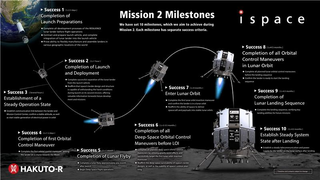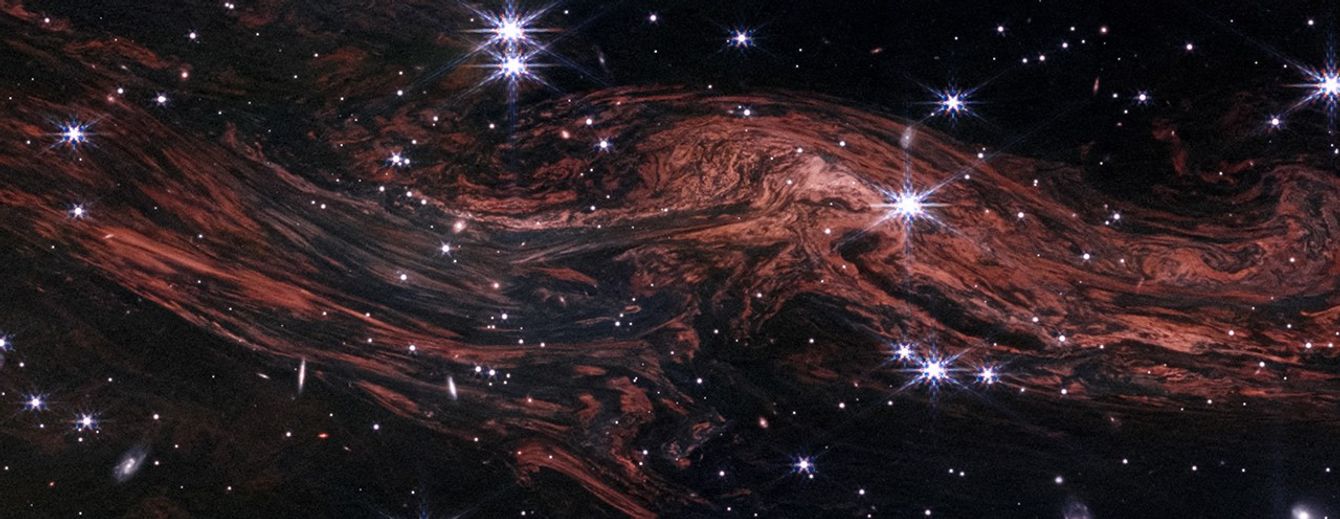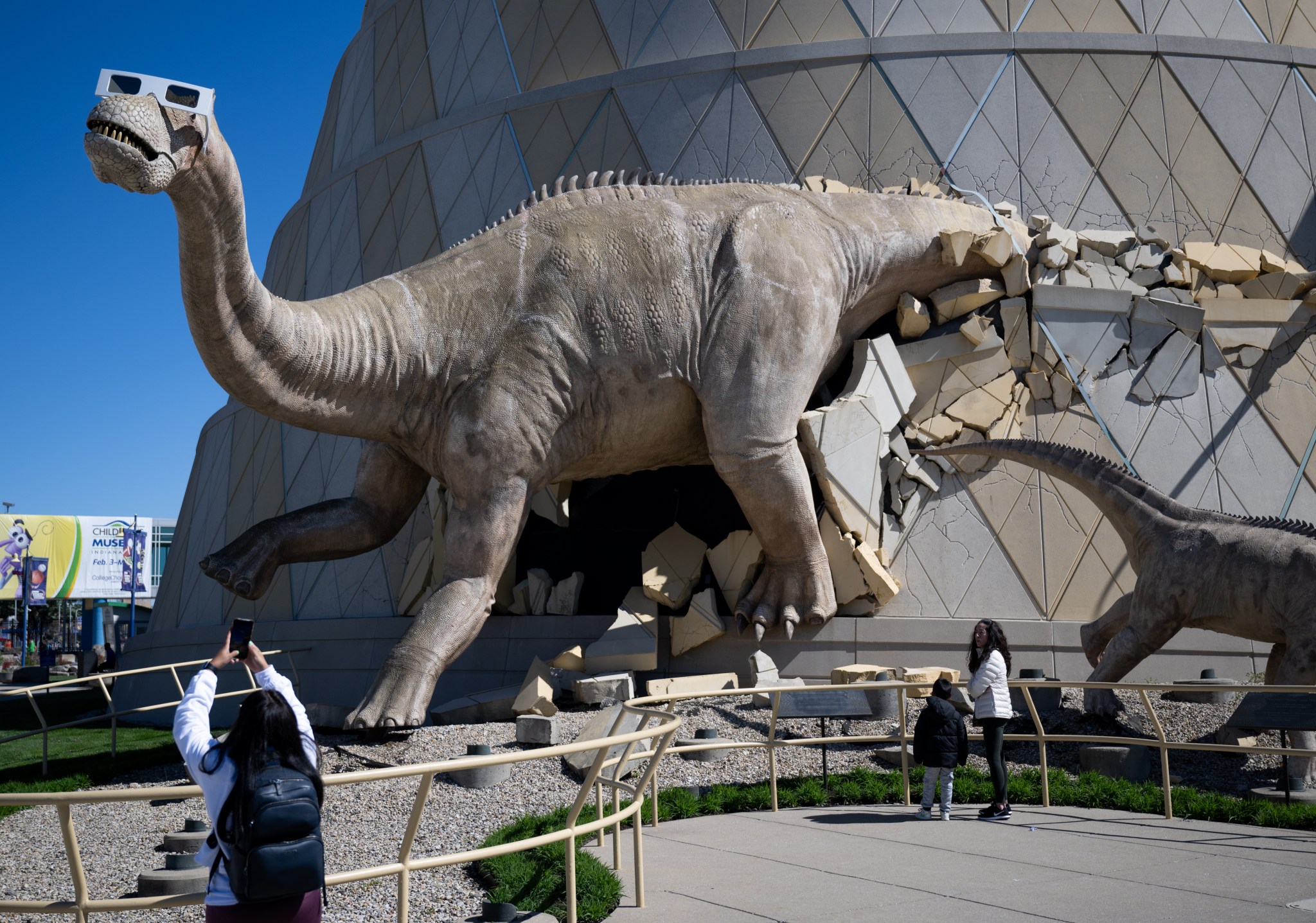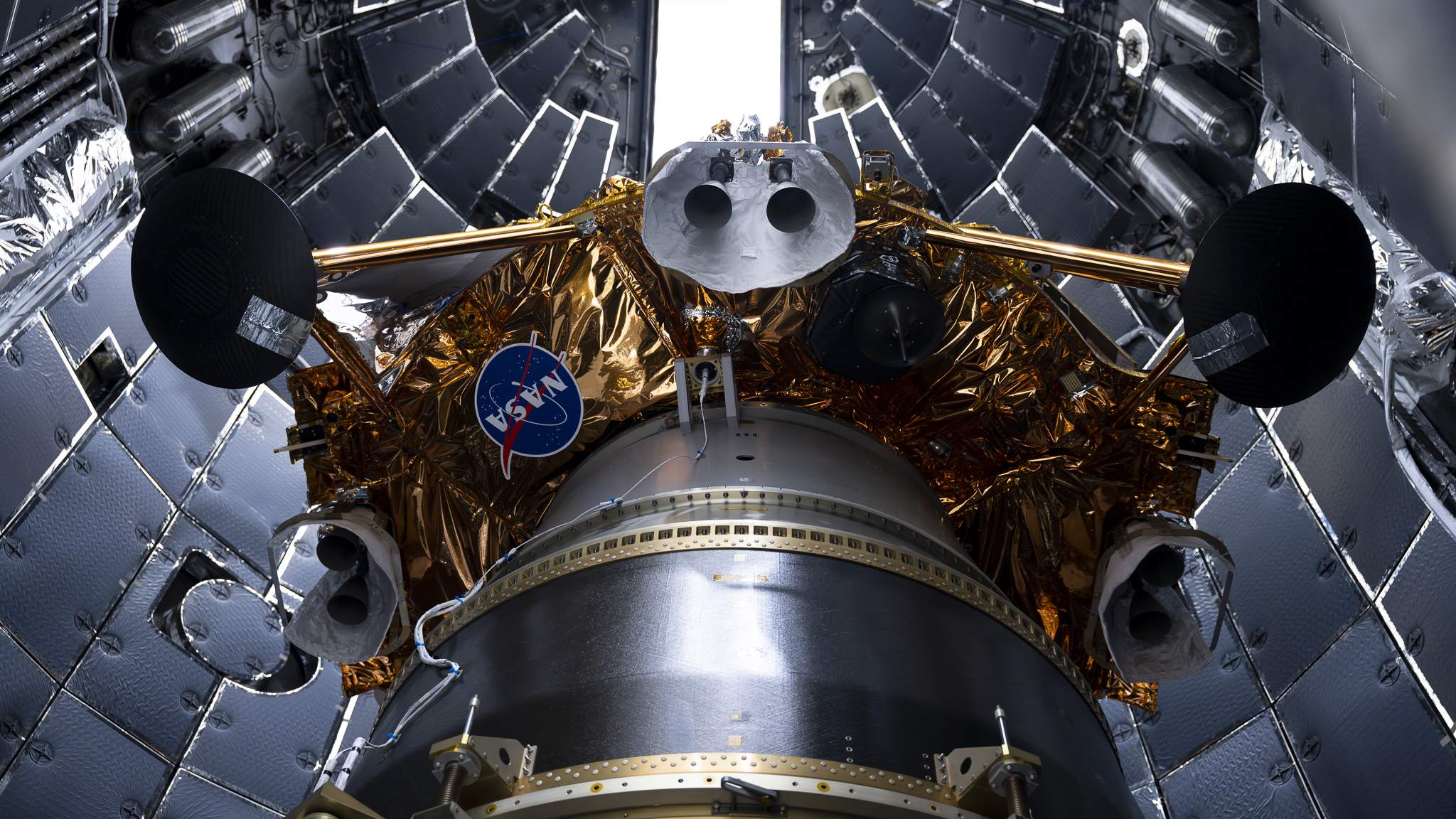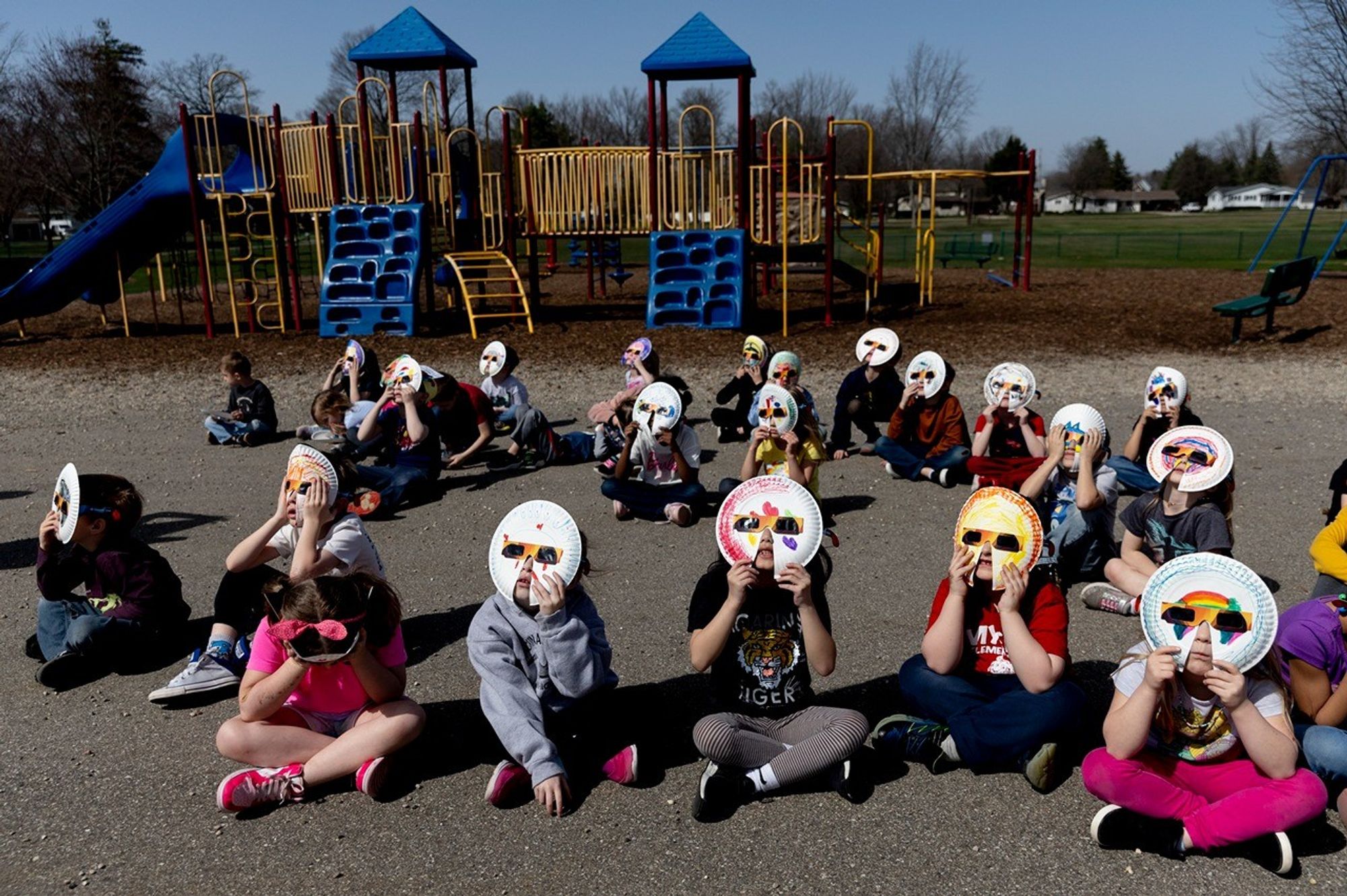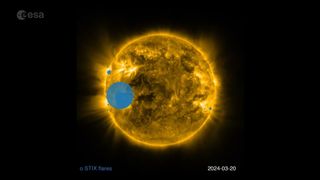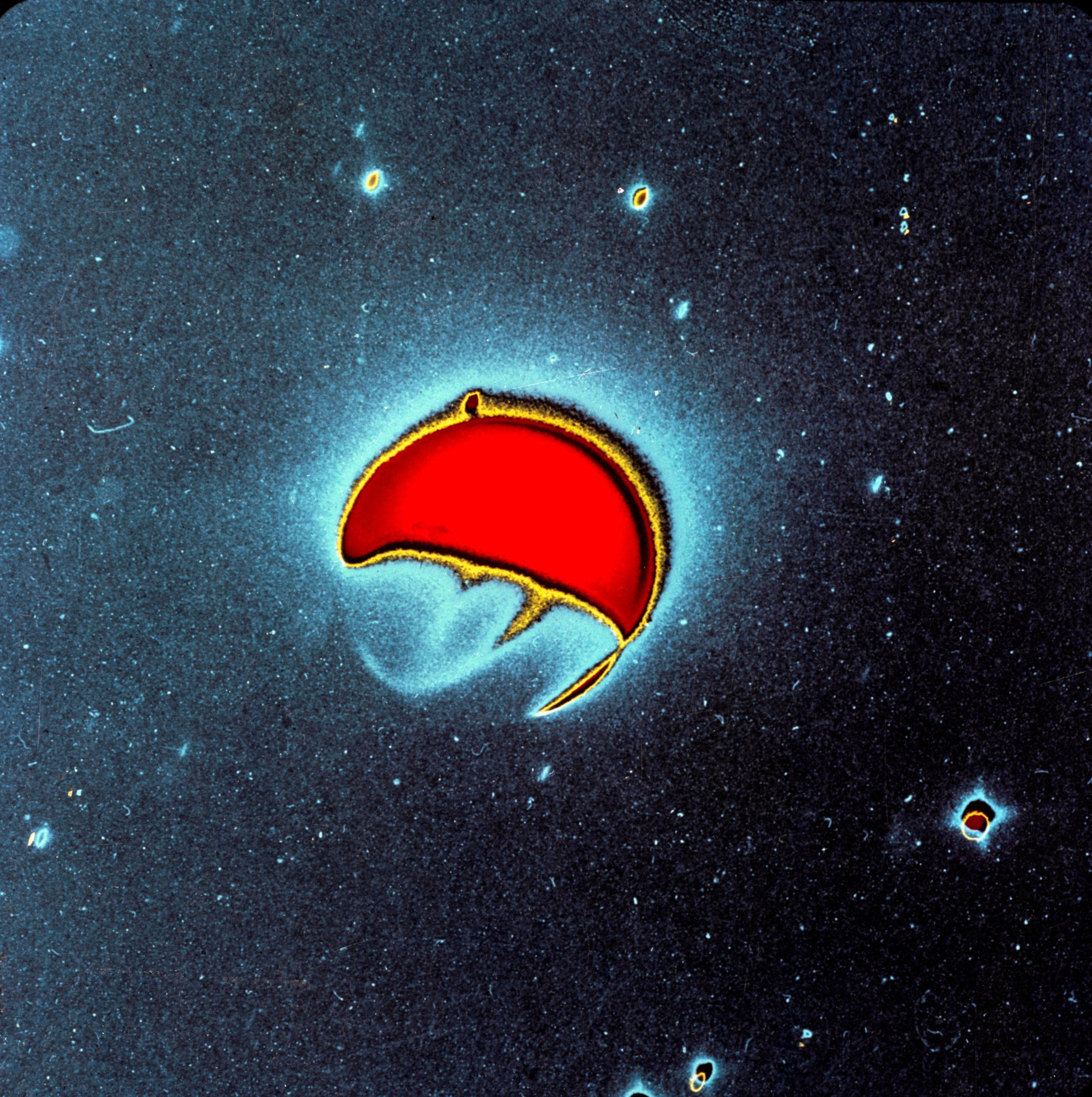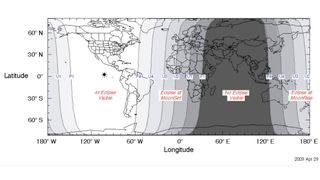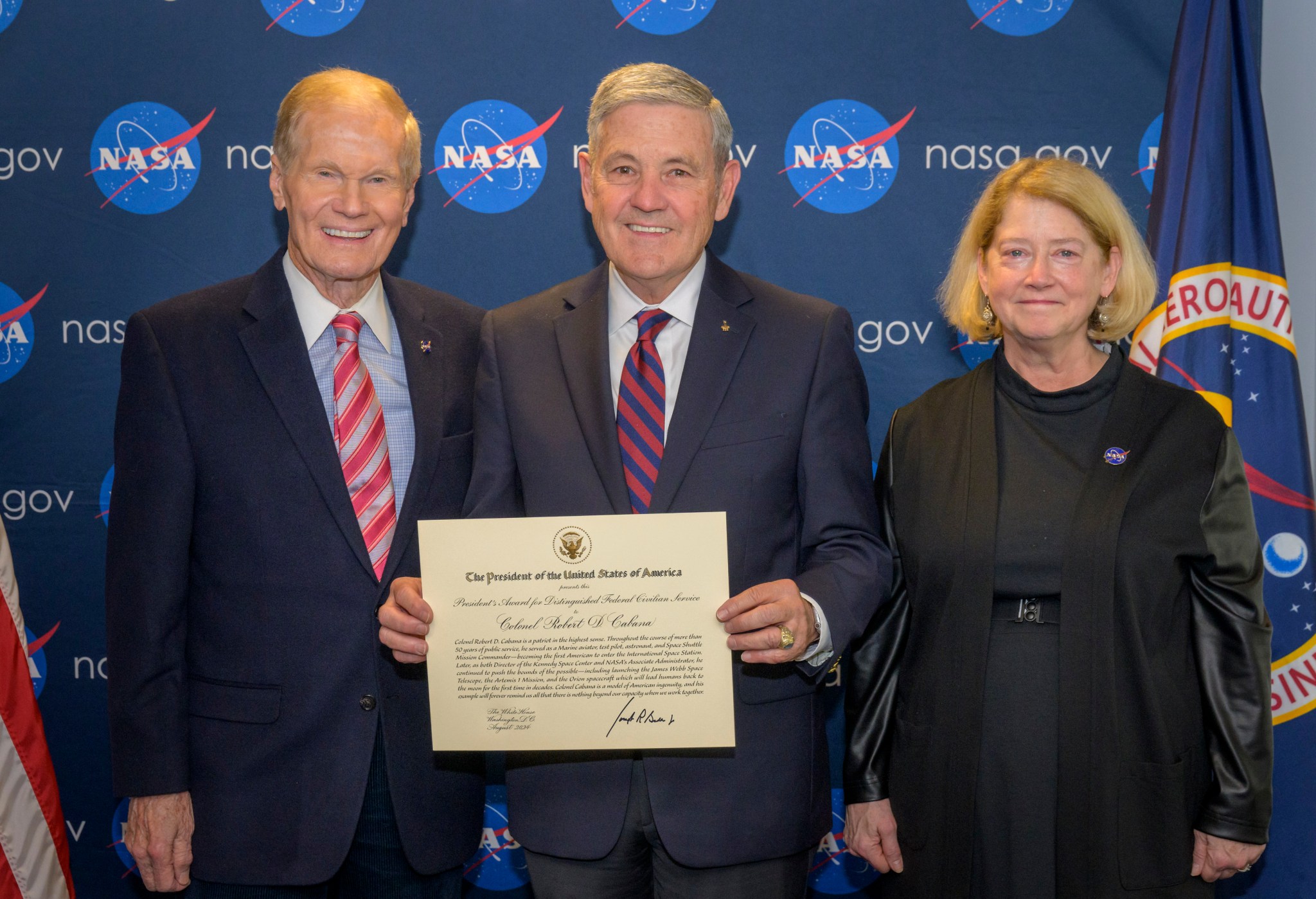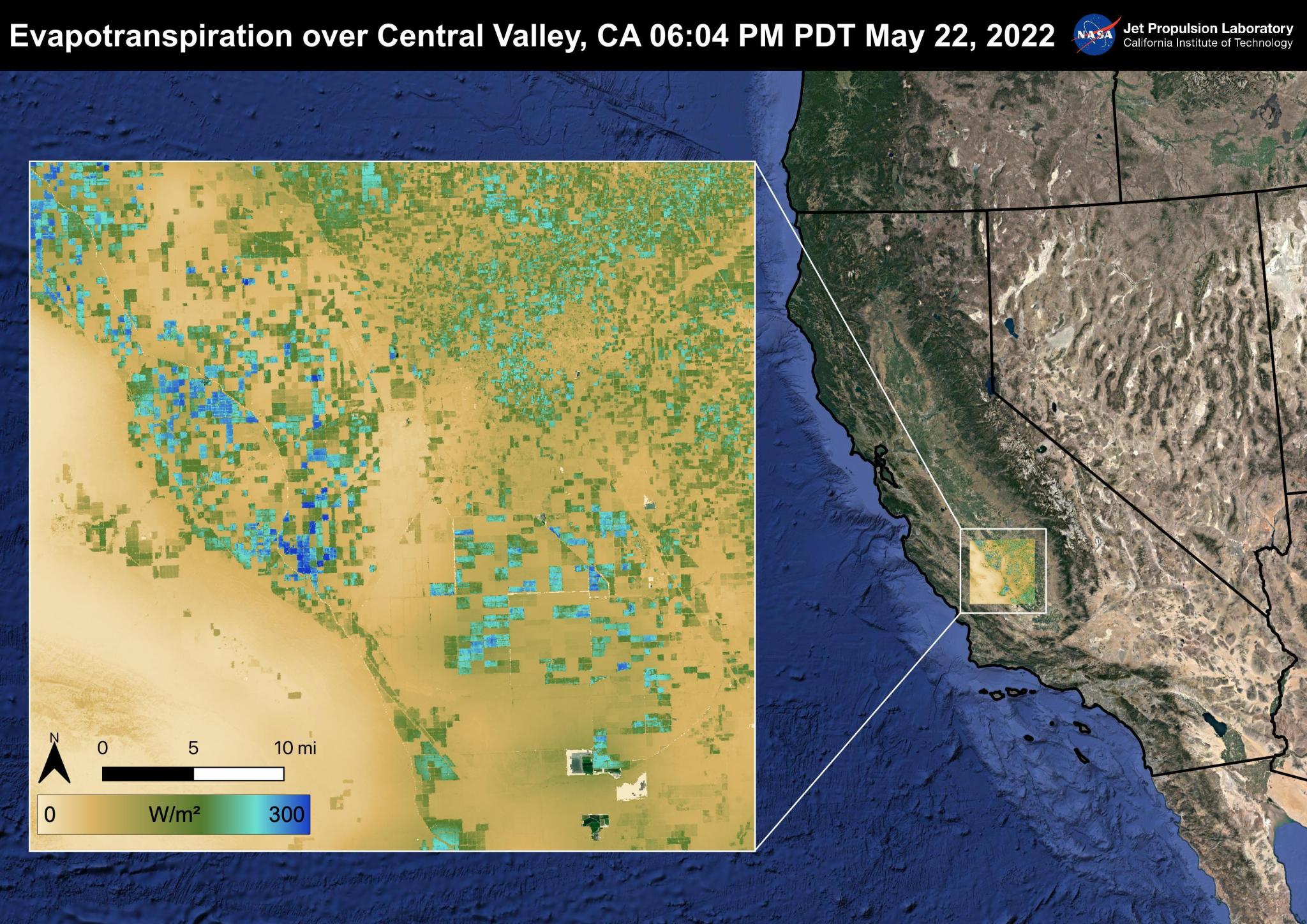Japanese space exploration company ispace is all set to launch its second lunar lander early Wednesday morning (Jan. 15), but what will the spacecraft carry with it to the moon? The ispace Resilience lander will lift off atop of a SpaceX Falcon 9 rocket from Launch Complex 39A at NASA’s Kennedy Space Center in Florida Wednesday at 1:11 a.m. EST (0611 GMT), with Firefly Aerospace’s Blue Ghost lunar lander also on the flight. The dual moon mission is the first of an array of lunar launches planned for 2025. Resilience…
Read MoreMonth: January 2025
NASA’s Webb Reveals Intricate Layers of Interstellar Dust, Gas
Webb Webb News Latest News Latest Images Blog (offsite) Awards X (offsite – login reqd) Instagram (offsite – login reqd) Facebook (offsite- login reqd) Youtube (offsite) Overview About Who is James Webb? Fact Sheet Impacts+Benefits FAQ Science Overview and Goals Early Universe Galaxies Over Time Star Lifecycle Other Worlds Observatory Overview Launch Orbit Mirrors Sunshield Instrument: NIRCam Instrument: MIRI Instrument: NIRSpec Instrument: FGS/NIRISS Optical Telescope Element Backplane Spacecraft Bus Instrument Module Multimedia About Webb Images Images Videos What is Webb Observing? 3d Webb in 3d Solar System Podcasts Webb Image…
Read MoreBest of 2024: Dinosaur Prepared to Safely Watch Solar Eclipse
NASA/Joel Kowsky An adult Alamosaurus sports eclipse glasses outside of The Children’s Museum of Indianapolis, on April 6, 2024. Two days later, the total solar eclipse swept across a narrow portion of the North American continent from Mexico’s Pacific coast to the Atlantic coast of Newfoundland, Canada. A partial solar eclipse was visible across the entire North American continent along with parts of Central America and Europe. The NASA Headquarters photo team chose this image as one of the best from 2024. See more of the top 100 from last…
Read MoreTen NASA Science, Tech Instruments Flying to Moon on Firefly Lander
Firefly Aerospace’s Blue Ghost lander getting encapsulated in SpaceX’s rocket fairing ahead of the planned liftoff for 1:11 a.m. EST Jan. 15 from Launch Complex 39A at NASA’s Kennedy Space Center in Florida SpaceX As part of NASA’s CLPS (Commercial Lunar Payload Services) initiative and Artemis campaign, the agency is preparing to fly ten instruments aboard Firefly Aerospace’s first delivery to the Moon. These science payloads and technology demonstrations will help advance our understanding of the Moon and planetary processes, while paving the way for future crewed missions on the…
Read MoreNASA HEAT Student Activity Featured in TIME’s Top 100 Photos of 2024
Learn Home NASA HEAT Student Activity… Heliophysics Overview Learning Resources Science Activation Teams SME Map Opportunities More Science Activation Stories Citizen Science 3 min read NASA HEAT Student Activity Featured in TIME’s Top 100 Photos of 2024 On April 8, 2024, tens of millions experienced a solar eclipse from Mexico through the United States and into Canada. Astronomers, educators, and organizations had been preparing the public for this grand celestial event. Learning from engagement experiences in 2017, the NASA Heliophysics Education Activation Team (NASA HEAT) promoted an activity called…
Read MoreScientists turn 3 years’ worth of solar flares into audible sound (video)
If you’re more of an auditory learner than a visual one, this timelapse video is for you. (And, well, visual learners will probably love it, too!) The European Space Agency (ESA) has released an audio-visual representation of solar activity over the last three years, pulling data from its Solar Orbiter probe, which it runs with NASA. In the video, we see blue circles popping up across the surface of the sun — and audible tones paired with each of these circles. As time progresses toward the present day, the frequency…
Read MoreEarth in Far-Ultraviolet
NASA On April 21, 1972, NASA astronaut John W. Young, commander of the Apollo 16 mission, took a far-ultraviolet photo of Earth with an ultraviolet camera. Young’s original black-and-white picture was printed on Agfacontour professional film three times, with each exposure recording only one light level. The three light levels were then colored blue (dimmest), green (next brightest), and red (brightest), resulting in the enhanced-color image seen here. Dr. George Carruthers, a scientist at the Naval Research Laboratory, developed the ultraviolet camera – the first Moon-based observatory – for Apollo…
Read MoreTotal lunar eclipse March 2025: When and where to see the next ‘Blood Moon’ lunar eclipse
On the night of March 13-14, 2025, a total lunar eclipse will be visible from Earth, and North America will be in the prime position for the spectacular event, which will also feature a “Blood Moon.” Lunar eclipses happen when Earth is between the sun and a full moon. During the event, the moon moves through Earth’s umbra, the dark center of its shadow. Where will the March 13-14, 2025, total lunar eclipse be visible? The best views will be for those in North and South America. According to Time…
Read MoreFormer NASA Official, Astronaut Bob Cabana Receives Top Civilian Award
NASA Administrator Bill Nelson, left, and Deputy Administrator Pam Melroy, right, present Bob Cabana, who served as a NASA associate administrator, astronaut, and a colonel in the United States Marine Corps, the President’s Award for Distinguished Federal Civilian Service, recognizing his exceptional achievements and public service to the nation, Jan. 10, 2025, at the Mary W. Jackson NASA Headquarters in Washington. The award, signed by President Biden, is the highest honor the federal government can grant to a federal civilian employee. Credit: NASA/Bill Ingalls Robert Cabana, who served as a…
Read MoreStation Science Top News: Jan. 10, 2025
Measurements from space support wildfire risk predictions Researchers demonstrated that data from the International Space Station’s ECOsystem Spaceborne Thermal Radiometer Experiment on Space Station (ECOSTRESS) instrument played a significant role in the ability of machine learning algorithms to predict wildfire susceptibility. This result could help support development of effective strategies for predicting, preventing, monitoring, and managing wildfires. As the frequency and severity of wildfires increases worldwide, experts need reliable models of fire susceptibility to protect public safety and support natural resource planning and risk management. ECOSTRESS measures evapotranspiration, water use…
Read More